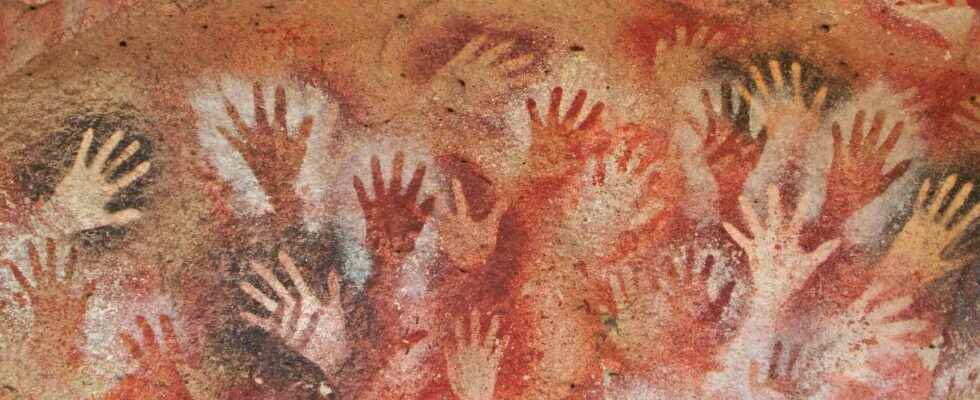Researchers have examined 180 hand stencils in Spanish caves and their analysis suggests that these cave paintings, dated to 20,000 years ago, are the work of group activity involving young children.
You will also be interested
[EN VIDÉO] Cinemas during prehistory? About 41% of the parietal works adorning the decorated caves would represent animals in motion. To create animations, the artists used graphic techniques still used today. This is explained in this video Marc Azéma, from the University of Toulouse.
It has been years since the archaeologists carefully study cave paintings. Many seek to learn more about the artists who created them. European researchers have recently discovered that they are much younger than previously thought.
Verónica Fernández-Navarro, Edgard Camarós and Diego Garate claim that children, and even infants, are responsible for some of the most famous cave paintings around the world. To reach this conclusion, the scientists looked at 180 stencils of hand painted in spanish caves of Fuente of the Salín, Castillo, La Garma, Maltravieso and Fuente del Trucho almost 20,000 years ago.
A quarter of the stencils studied were not large enough to fit adult hands
They found that these prehistoric frescoes were made by blowing colored pigments through a reed or a hollow bone, in order to trace the outline of the artist’s hand against the wall of the cave. This process makes the hand appear slightly larger than it actually is. The researchers found that a quarter of the stencils studied were not large enough to correspond to the hands of adults or adolescents. But rather to those of children aged two to twelve.
A family activity rather than the work of a single individual
” Our study allowed us to determine that the proportion of hands of infants, children and young people is significantly high, which attests to the manifest participation of these groups in the symbolic activities of the groups of the Paleolithic superior in southwestern Europe “, can we read in the study, recently published in the journal Journal of Archaeological Science.
This finding suggests that the creation of cave paintings was a real family activity. And for good reason, the youngest children would not have been able to blow the pigments hard enough to mark the contours of their hand on the rock. They were necessarily surrounded by their parents or another adult to help them in this task. ” It would seem that artistic practice is not an activity reserved only for male individuals and the survival of the group, as it has been thought until now. “Explained Verónica Fernández-Navarrogical to the Telegraph.
Scholars still debate the meaning of his patterns
However, scholars still question the meaning of his motives. Were they a form of non-verbal communication? The mystery remains intact for the moment. But it could quickly be lifted, like the one in the red design that adorns the interior of California’s Pinwheel Cave. An international team of researchers claims that it represents a flower of daturaa poisonous plant with hallucinogenic properties, unfolding in the shape of whirlwind at dusk. While archaeologists are still unsure of the exact conditions under which this illustration was created, they believe it indicates that the site was a suitable place for the consumption of datura in Group. And this, on the occasion of initiation ceremonies, or during the preparation of hunting expeditions.
Interested in what you just read?
